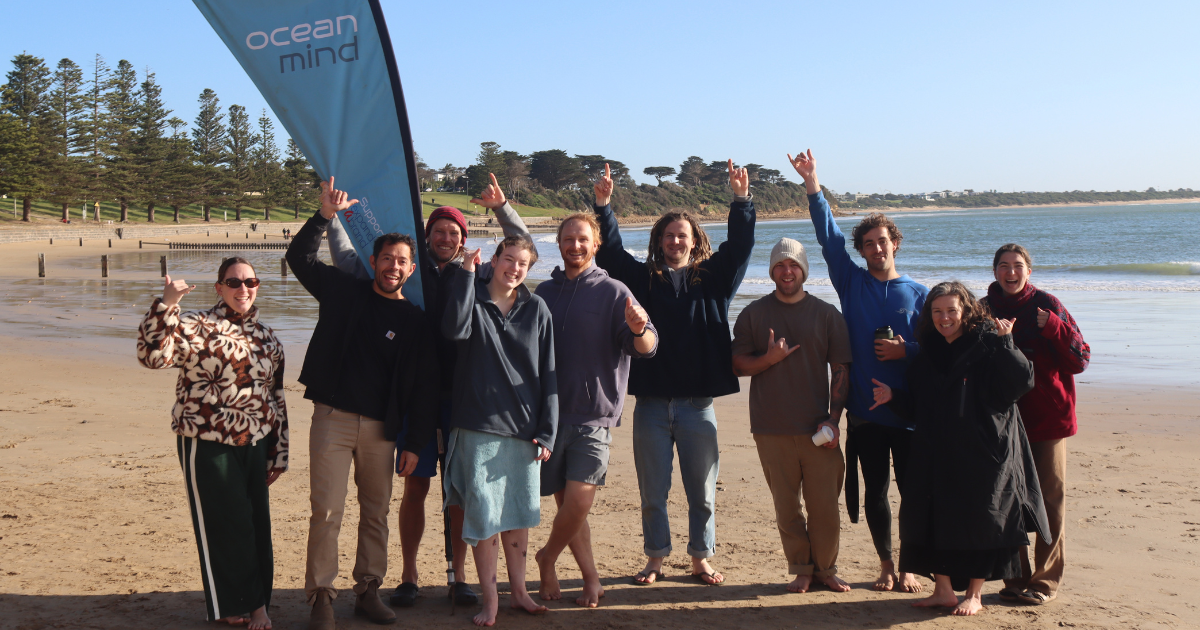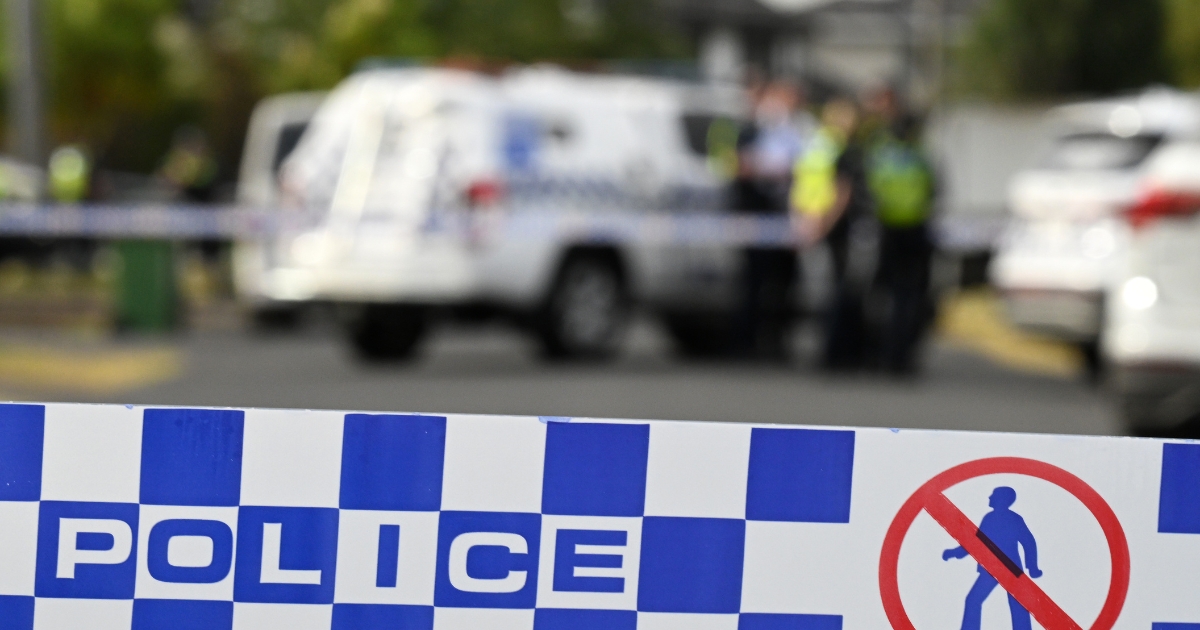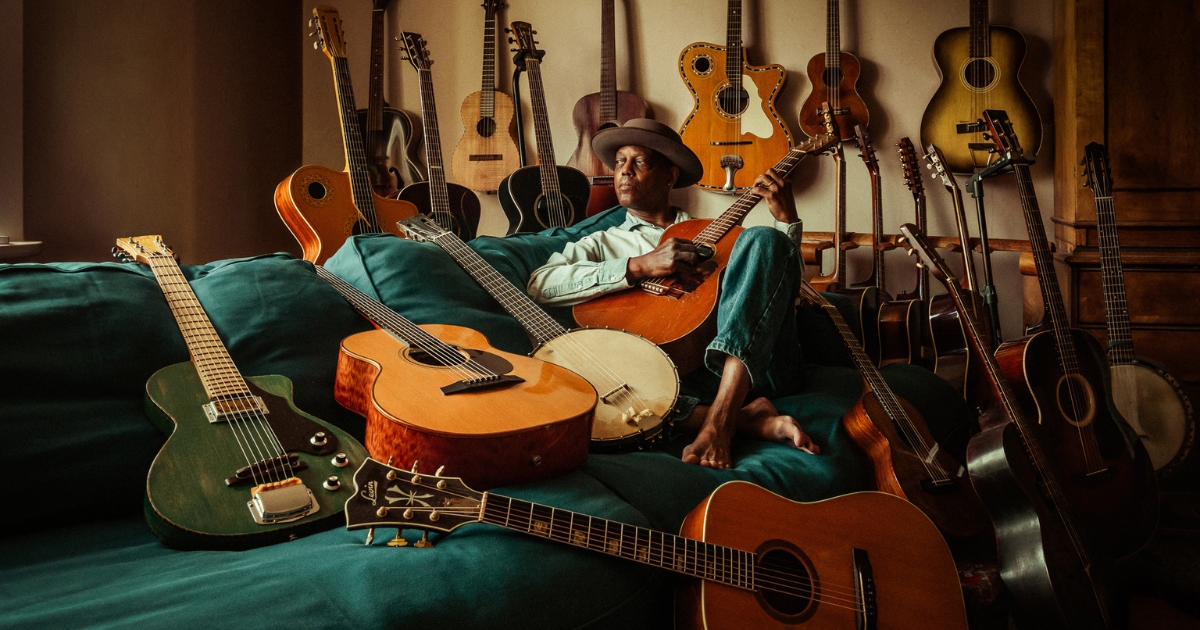Partnership to increase understanding of rare Corio Bay dolphins

GeelongPort Sustainability Manager Amy Gillett with Dr Kate Robb, Amber Crittendon and Milly Street from Marine Mammal Foundation with the research vessel used in Corio Bay.
GEELONGPORT is teaming up with the Marine Mammal Foundation to discover more about a rare species of critically endangered dolphins that have been making Corio Bay home.
A key part of the collaboration is to collect more data about the Burrunan dolphins, given little is known about the species that were only discovered in the Gippsland Lakes in 2011 and are found in Victoria, Tasmania and South Australia.
The partnership will use passive acoustic monitoring stations to eavesdrop on the dolphins 24 hours a day when researchers are not on the water, and will also be able to assess the marine soundscape and identify other marine animals in the area.
“Limited boat-based surveys conducted in Corio Bay, coupled with citizen science reports, indicate this region is significant to the Burrunan dolphin,” Marine Mammal Foundation Director Dr Kate Robb.
“However, we have limited information on their regular presence in the area, much less their behaviours while using this habitat, such as foraging, resting and calving.”
It was Dr Robb who initially discovered the Burrunan, and she hopes that through the partnership with GeelongPort more will be learnt about them

“By understanding how the dolphins are using Corio Bay we are able to establish the significance of the area for the dolphins, but also assess any impacts on the species,” she said.
The acoustic listening technology that is being deployed should assist in that process and help protect the Bay’s small and threatened population.
“While we would love to be on the water across all of our study locations, it is not feasible,” Dr Robb said.
“It is incredibly exciting to hear for the first time how the Burrunan dolphins are using different areas on a 24-hour basis and enables a greater understanding of their movements, as well as highlight areas of high biological importance
“We have been really excited that on each of our preliminary on-water surveys we have observed Burrunan dolphins in Corio Bay, with a fantastic sighting recently of a large mother-calf pod. From the images collected we will be able to identify each of the dolphins and match them against our extensive Burrunan dolphin fin identification catalogue.”
GeelongPort’s general manager of sustainability Dr Lisa Mills said the partnership with the Marine Mammal Foundation was an important opportunity to discover how the dolphins use the bay as a regular habitat.
“Through our support of Marine Mammal Foundation’s research programs, GeelongPort hopes to ensure the Burrunan dolphins are better understood and protected for future generations to enjoy,” she said.

















